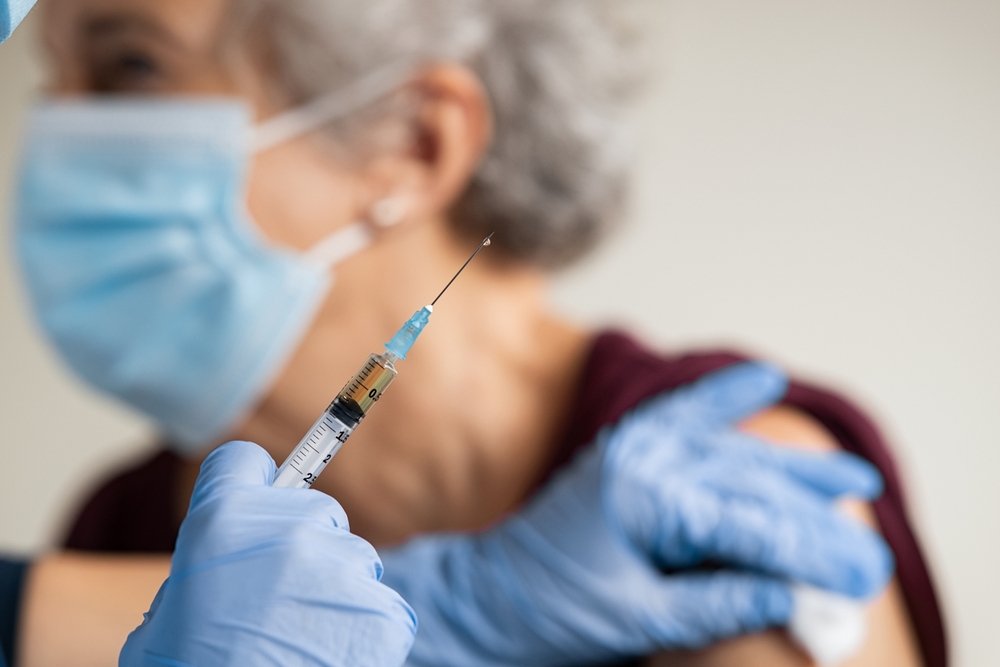Two companies have now successfully developed, manufactured and started distributing a vaccine against the coronavirus. Pfizer-BioNTech and Moderna both have a working vaccine that falls under the RNA-based vaccine category.
Pfizer-BioNTech developed a vaccine that had a 95% effective rate in its clinical trials. This vaccine requires two shots that are 21 days apart to be fully effective against COVID-19. Side effects include pain, swelling and redness in the injection site as well as possible chills, headache and tiredness. As some people did suffer a severe allergic reaction to the vaccine, the Centers for Disease Control and Prevention (CDC) and other experts urge people to check the vaccine’s ingredients before receiving the vaccine.
The trial demographics are also important to note, as 81.9% of the people within Pfizer-BioNTech’s clinical trial were White, followed by 26.2% being Latino/Hispanic, 9.8% African American, 4.4% Asian and less than 3% being of other races or ethnicities.
Moderna, on its end, developed a vaccine with a 94.1% effective rate against COVID-19. Similar to Pfizer-BioNTech’s vaccine, it also requires two shots but has a longer period between the two to be fully effective, needing 28 days apart rather than 21. The vaccine’s side effects are the same as Pfizer-BioNTech’s vaccine, which include pain, swelling and redness in the injection site as well as possible chills, headache and tiredness. It has been reported that side effects were more common after the second dose of the vaccine.
The demographics for Moderna’s clinical trial included racial and ethnic categories of which 79.4% of people were White, 20% were Hispanic/Latino, 9.7% were African American, 4.7% were Asian and less than 3% were of other ethnicities or races. A total of 82% of the people who participated in the trials were considered to have an occupation risk of exposure, with 25.4% being healthcare workers.
As of date, both vaccines are recommended to people older than 16 years of age. However, since there is not enough information on possible fetus side-effects, pregnant women are told to consult with their health care provider before receiving the vaccine. Even so, experts believe the benefits outweigh the possible risks.

